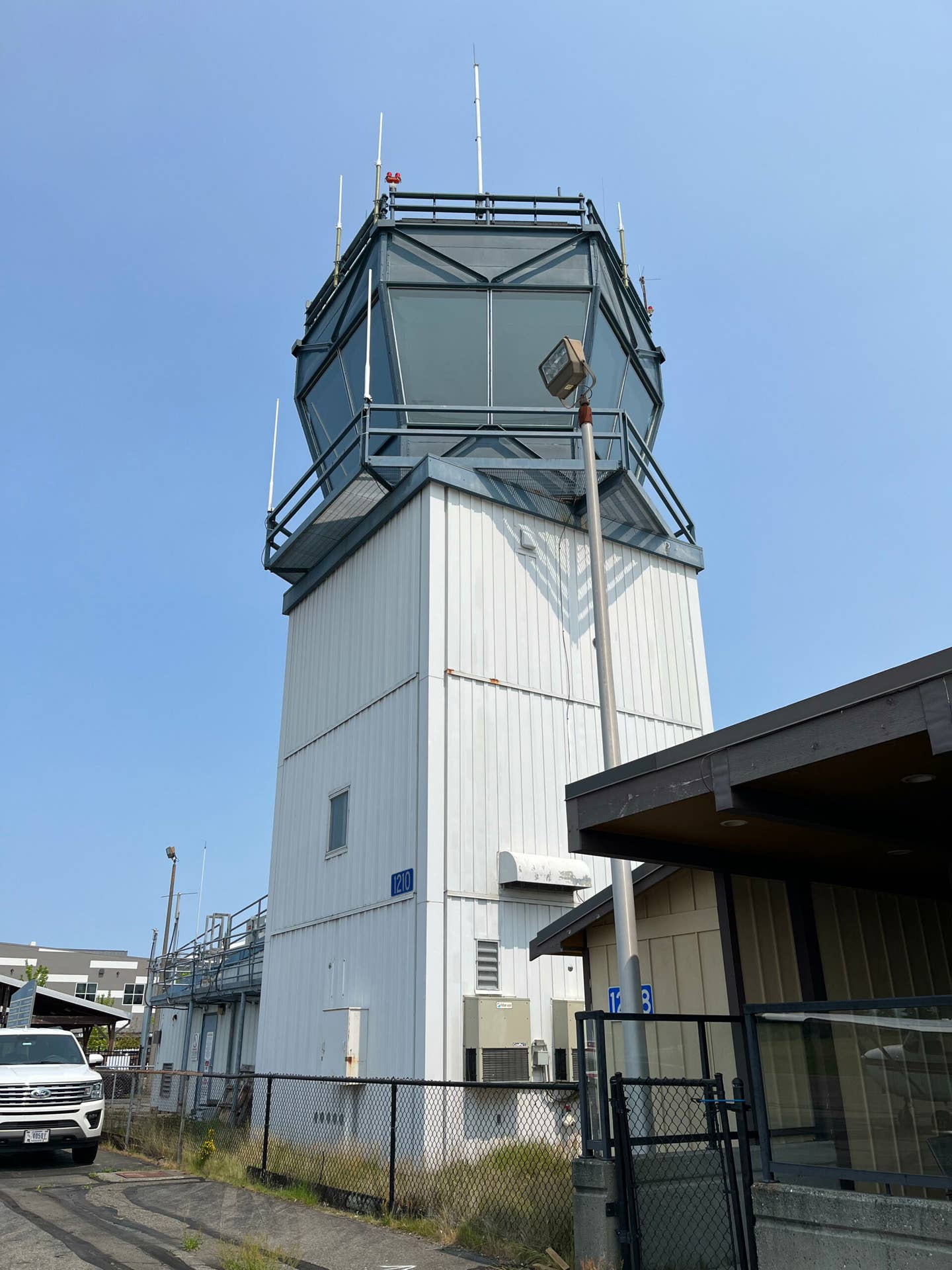Why Don’t All Airports Have Control Towers?
What factors determine tower installation at a particular location?

Traffic load determines if an airport needs a tower. [Meg Godlewski]
Question: I went out to the local airport to sign up for flying lessons and noticed there isn't a control tower there even though the airport has a terminal building and an airline that flies in. Aren’t airports served by the airlines required to have a tower because it makes them safer?
Answer: Having an airline service the airport isn’t the criteria used by the FAA to determine if the facility needs a control tower. Rhinelander/Oneida County Airport (KRHI) in Wisconsin, for example, does not have a control tower, yet it is served daily by a regional airline connecting to Minneapolis-Saint Paul International Airport (KMSP).
The FAA uses the number of aircraft operations—that is how busy the airport is—to determine if a tower is warranted. This is very similar to how cities monitor traffic on streets and install traffic lights to replace four-way stop signs when traffic increases.
The majority of the airports in the United States are nontowered because they don't have the traffic to necessitate a control tower. Pilots learn to fly in and out of both towered and nontowered (also known as pilot-controlled) airports as part of their training. Pilots are taught to see and avoid other traffic—no matter what kind of airport they are at. While tower controllers will provide traffic advisories if able, pilots don't rely on them to report when someone else is out there.
- READ MORE: Who Controls Offshore Airspace?
Additionally, not all towers are open 24/7. Busier airports, such as airline hub locations like Seattle, Atlanta, New York City, etc., have full-time towers, while smaller, less busy airports may have part-time towers. Tacoma Narrows Airport (KTIW), located 15 nm south of Seattle-Tacoma International Airport (KSEA), has several busy flight schools, so there is a control tower that operates from 8 a.m. to 8 p.m. PDT.
Pilots are taught to check their sectionals (a map for pilots) and other airport information listed online or in an FAA text called the Chart Supplement to determine if a facility has a control tower and, if so, learn its hours of operation and radio frequency to contact it.

Sign-up for newsletters & special offers!
Get the latest FLYING stories & special offers delivered directly to your inbox






